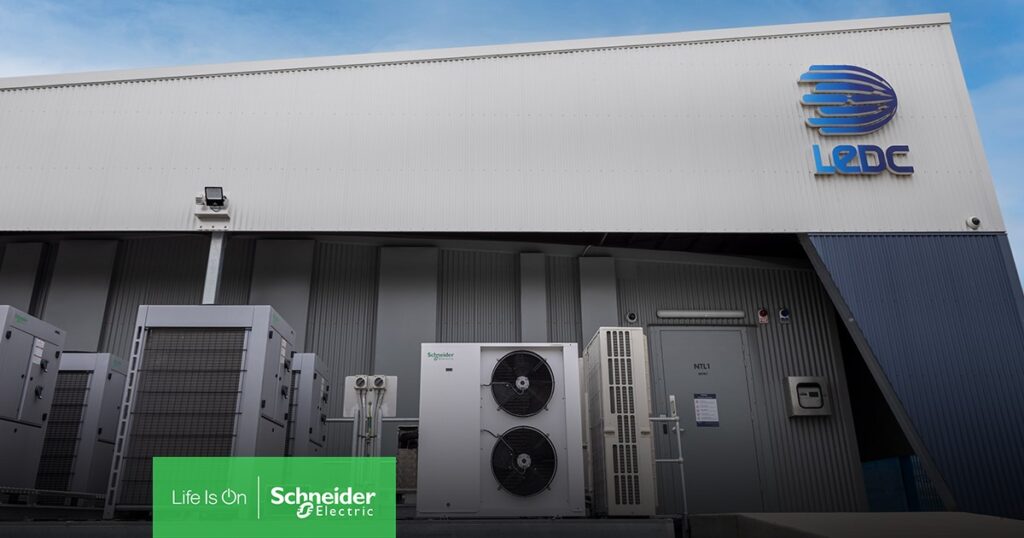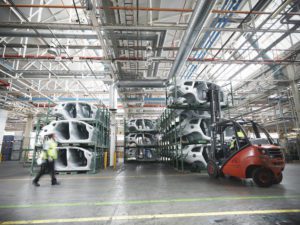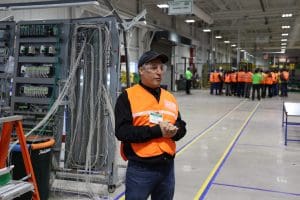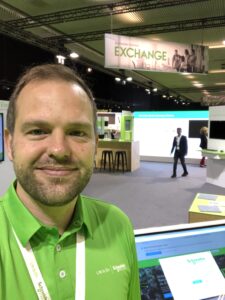As the world grows more digitally reliant, businesses are no exception. As day-to-day operations increasingly move online, companies with slow or unreliable connections are at a rapidly growing disadvantage. The situation is predominantly worse for companies operating away from major urban centres, particularly in regions with geographically dispersed populations.
Access to stable, reliable, and cost-effective connectivity for regional customers
Consider Australia, where outside the large cities, connectivity can be unpredictable. Companies operating in these areas are faced with challenges with bandwidth, unplanned outages, and inconsistent connectivity. Even a short period without connectivity can have significant ramifications on revenues and customer satisfaction.
A recent IT survey in Australia found that larger organizations’ average revenue loss during business-critical outages was $144,062.52 per hour. For smaller organizations (those with fewer than 20,000 employees), the cost of downtime was over $2,000 per hour. Considering that the average time to repair was about five hours for large organizations and six hours for smaller companies, this is a significant figure.
How prefabricated edge data centres fit the bill
Improving company connectivity outside of major cities requires a new way of approaching the problem. IT infrastructure needs a solution that can deliver system resiliency, rapid time-to-market, and ease of scalability.
Operators are adopting innovative technologies to better service customer requirements for quick deployment and application stability. One such technology is the prefabricated modular data centre, which combines traditional power, cooling, and IT data centre infrastructure into off-site units in a factory environment.

Once constructed, these prefabricated edge data centre modules are delivered to the required location and connected to provide a comprehensive data centre solution. These units are designed, constructed, and assembled, incorporating state-of-the-art controls and management software, to operate as a complete system. Predictability of cost, performance, and quality improves; all with quicker deployment timing than traditional data centre builds because this all takes place in the controlled environment of a dedicated factory.
In addition, many edge data centres tend to be in less developed locations some distance from support centres. By leveraging Schneider Electric’s EcostruxureTM for IT Software and Digital Service, every component of this Edge Data Centre can be monitored and managed remotely and in real-time to ensure maximum uptime.
Power infrastructure may also be inconsistent, so a reliable solution with backup redundancies and remote access is needed. Another essential component is an energy monitoring system capable of tracking and reporting the usage of all the data centre’s customers precisely and in real-time.
Leading Edge Data Centres – Meeting Australia’s Connectivity Challenge
One company is leading the way in implementing prefabricated data centres to conquer the digital divide in Australia. Leading Edge Data Centres (LEDC) was founded in 2018 with a mission to provide businesses and communities with greater access to stable, reliable, and cost-effective connectivity. Its strategy is to achieve this by deploying a fleet of lights-out, highly automated data centres.
Access Leading Edge Data Centres’ Story: “Bridging the Digital Divide”
According to CEO and founder Chris Thorpe, the approach was developed because regional Australian cities have put up with unreliable and costly internet connections for years compared to their metropolitan counterparts. However, a massive challenge for LEDC was that the distance between its sites made cost-effective, in-person monitoring almost impossible. Another challenge that LEDC was facing was its stated aim that all of its data centres would be powered by renewable energy by the end of 2022.
LEDC required a reliable, efficient, and robust solution to serve geographically dispersed communities. With this goal in mind, Schneider Electric and LEDC designed a series of edge modular data centres to meet the digital needs of these populations. These prefab modular data centres are quick to deploy and include remote monitoring software. “We are pioneering an edge data centre network in Australia. We are literally creating a market which does not currently exist,” Thorpe says.

Success with a partnership approach
To learn more about LEDC’s story and how it is enabling digital transformation in regional Australia, access the full customer story: “Bridging the digital divide.” Take a deeper dive into the challenges, solutions, and lessons learned as the company improves connectivity and reliability for communities across Australia.



